The James Webb Space Telescope just did something awesome: it snapped a picture of a planet outside our solar system called Epsilon Indi A b. This planet is about 12 light-years away from Earth.
This discovery is a big step in learning more about planets far away from us and how they compare to our own.
What’s an Exoplanet Anyway?
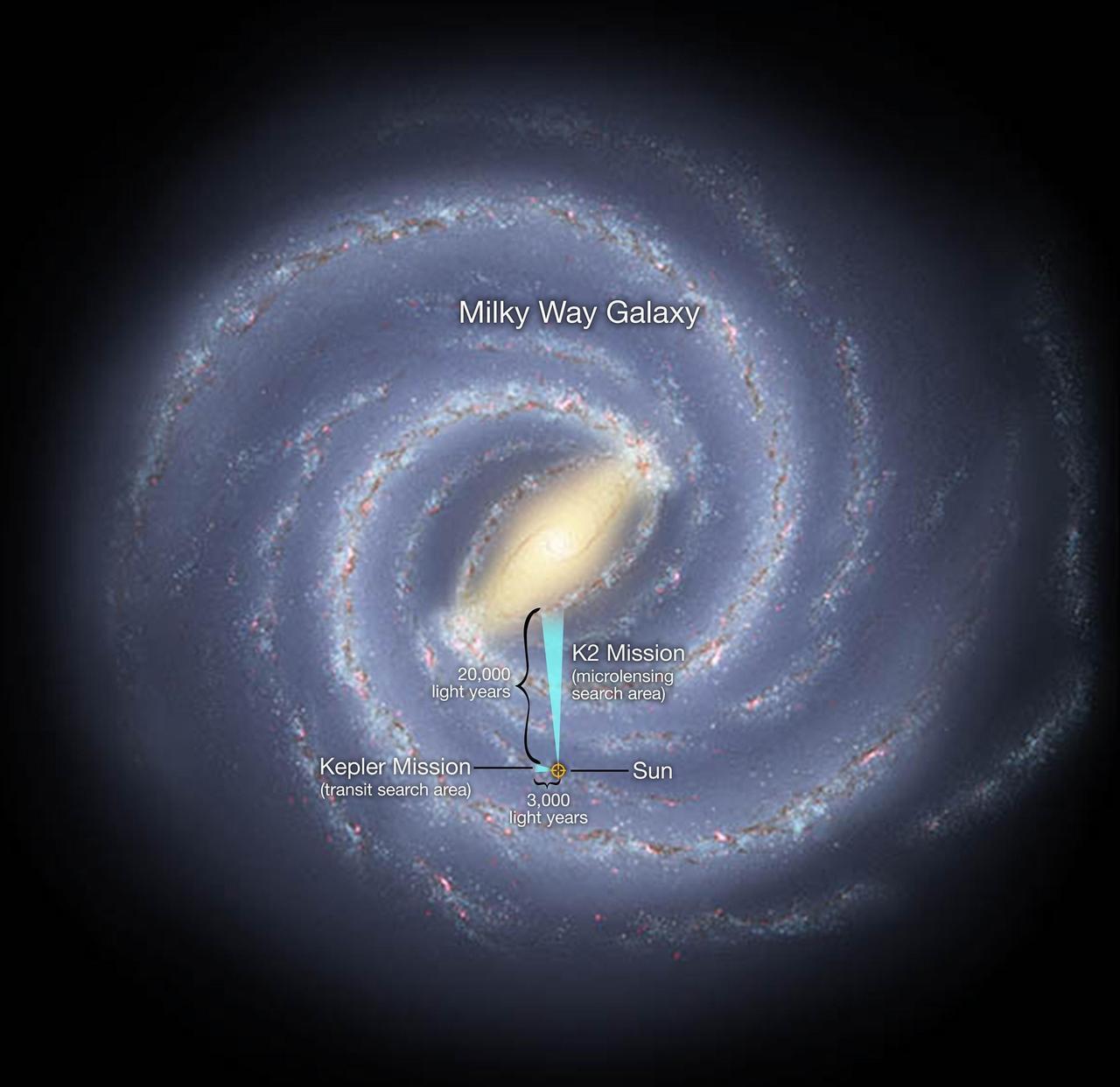
An exoplanet is simply a planet that orbits a star outside our solar system. Epsilon Indi A b orbits a star named Epsilon Indi A, which is quite similar to our Sun.
Studying exoplanets helps scientists search for other worlds that might have life.
Meet Epsilon Indi A b
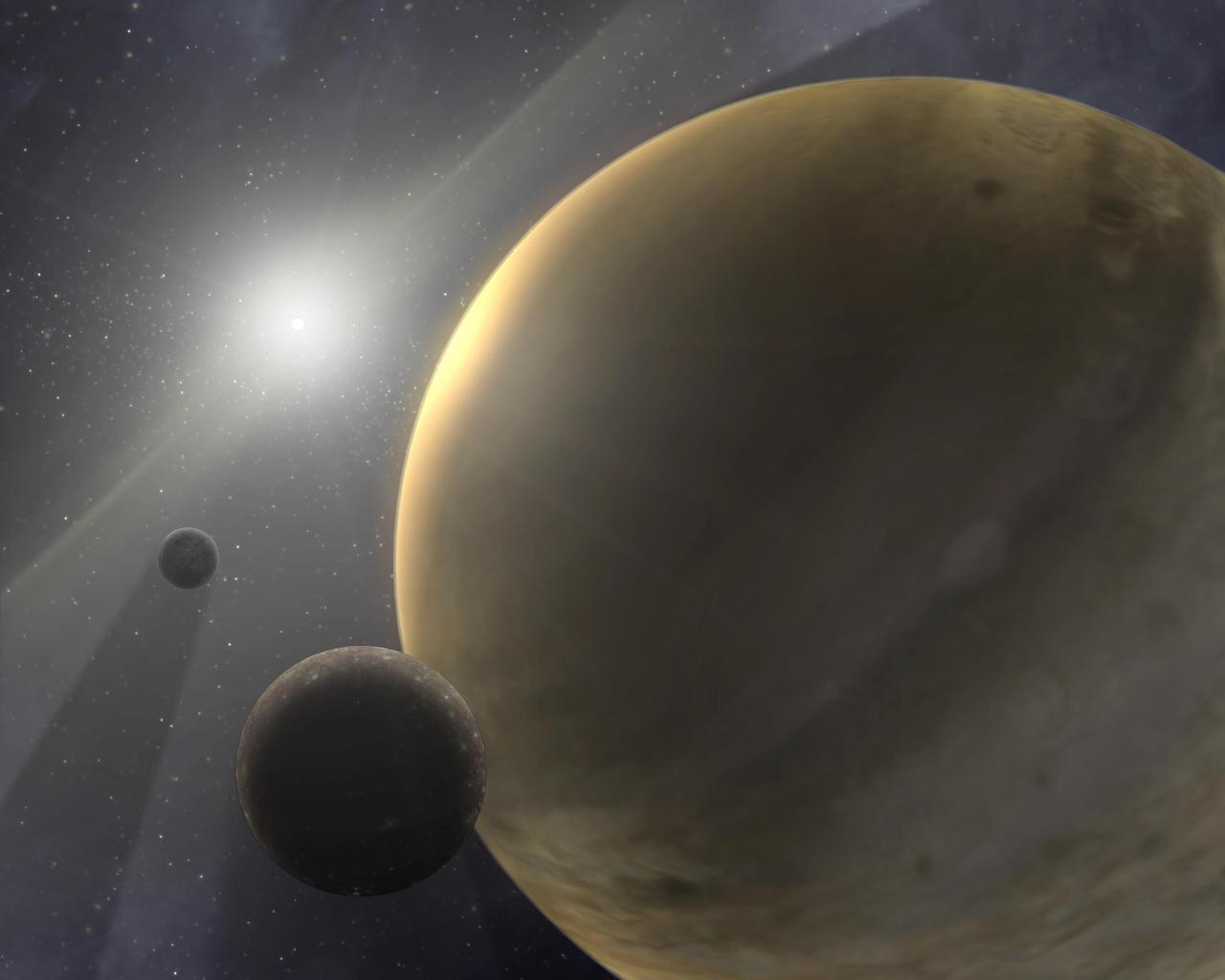
Epsilon Indi A b is a gas giant, much bigger than Earth. It’s mostly made up of hydrogen and helium, similar to Jupiter and Saturn in our solar system.
Learning about its atmosphere can teach us how giant planets form and evolve.
How Webb Took the Picture
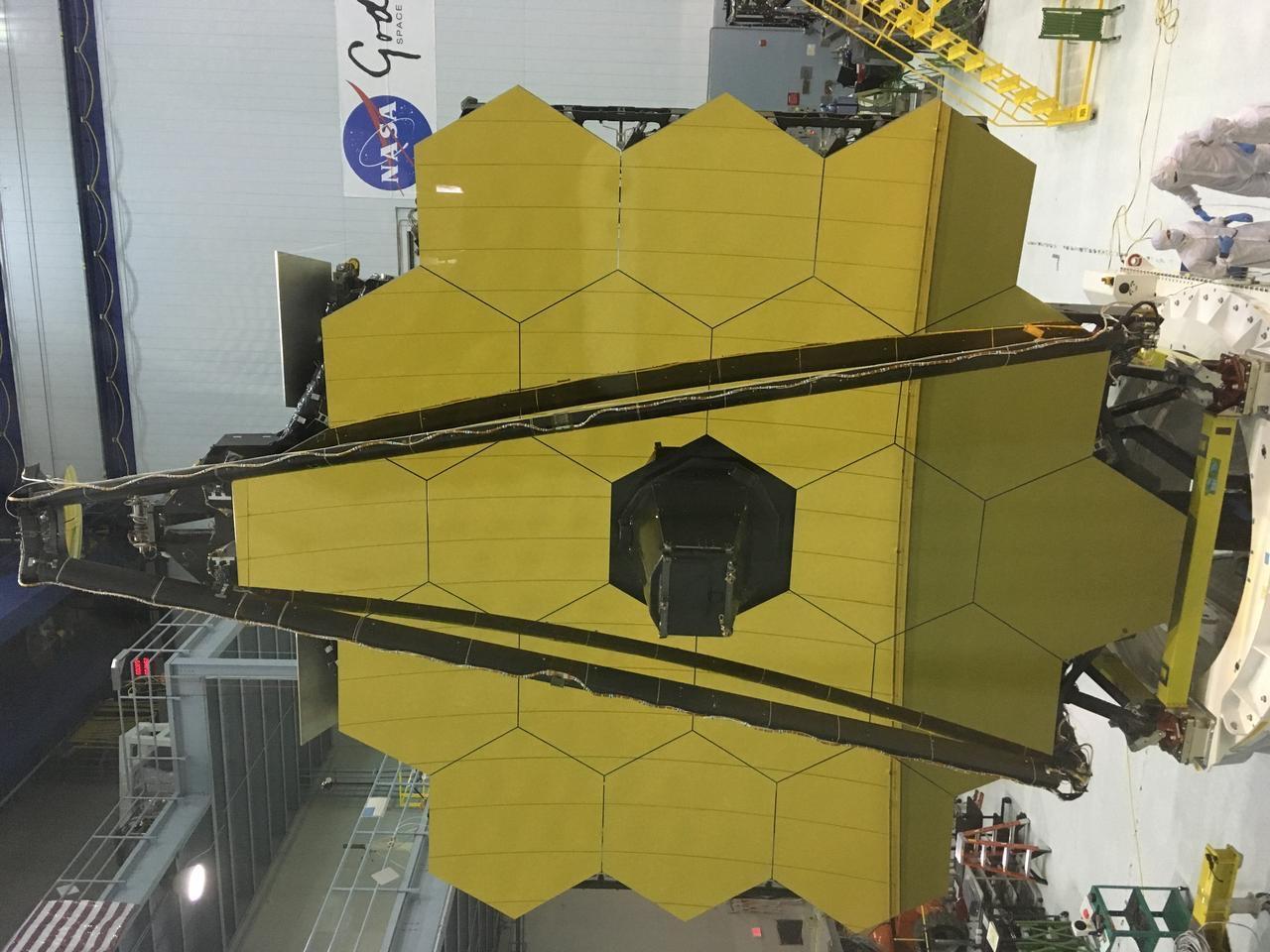
The James Webb Space Telescope uses advanced tech to capture clear images of far-off objects. It can see in infrared light, which is perfect for spotting planets like Epsilon Indi A b.
Being able to directly image exoplanets is a huge advancement for astronomy.
Why Direct Imaging is Exciting
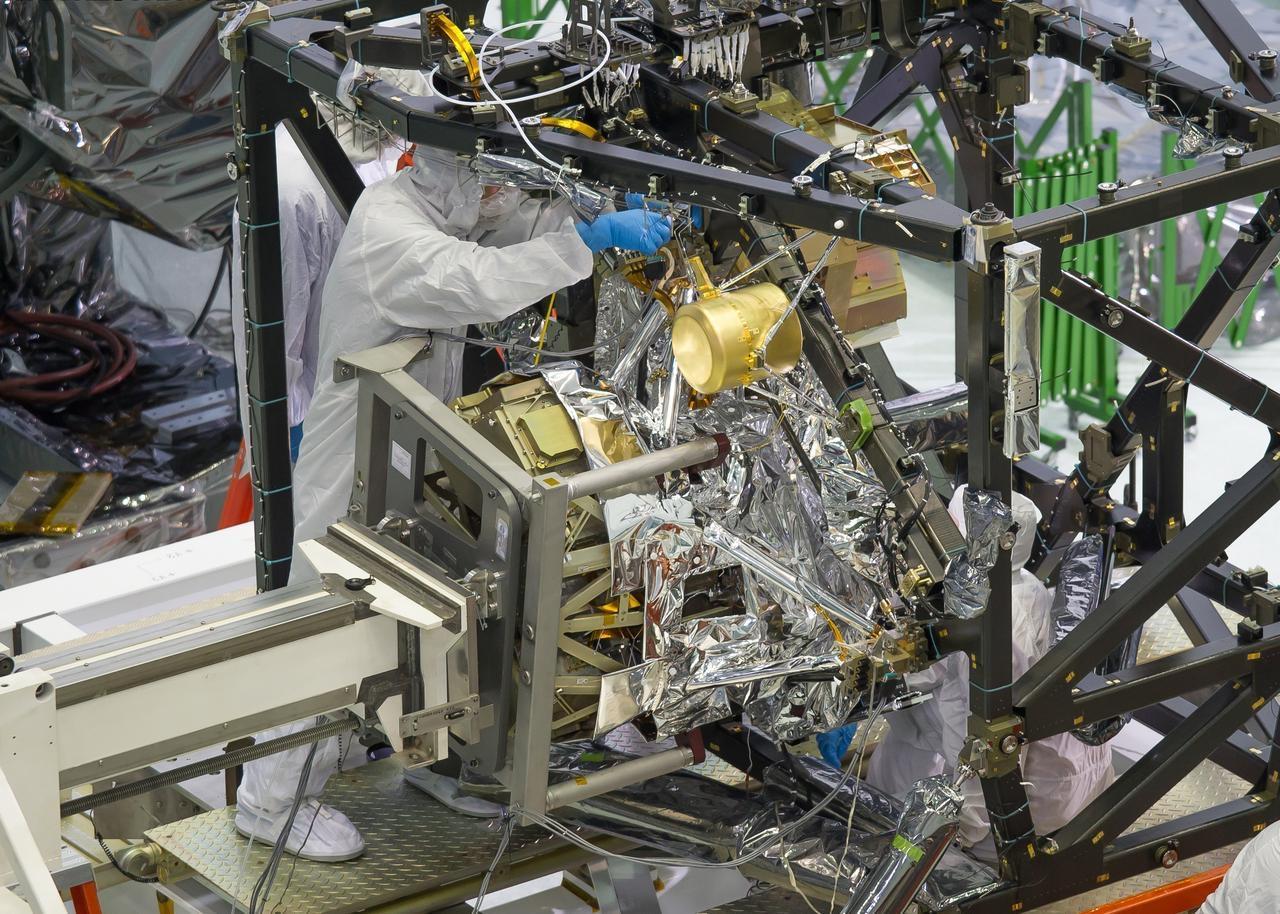
Direct imaging means seeing the planet itself, not just the effects it has on its star. This way, scientists get detailed info about the planet’s atmosphere, temperature, and more.
This kind of data is crucial for understanding a planet’s characteristics and whether it could support life.
The Star System of Epsilon Indi
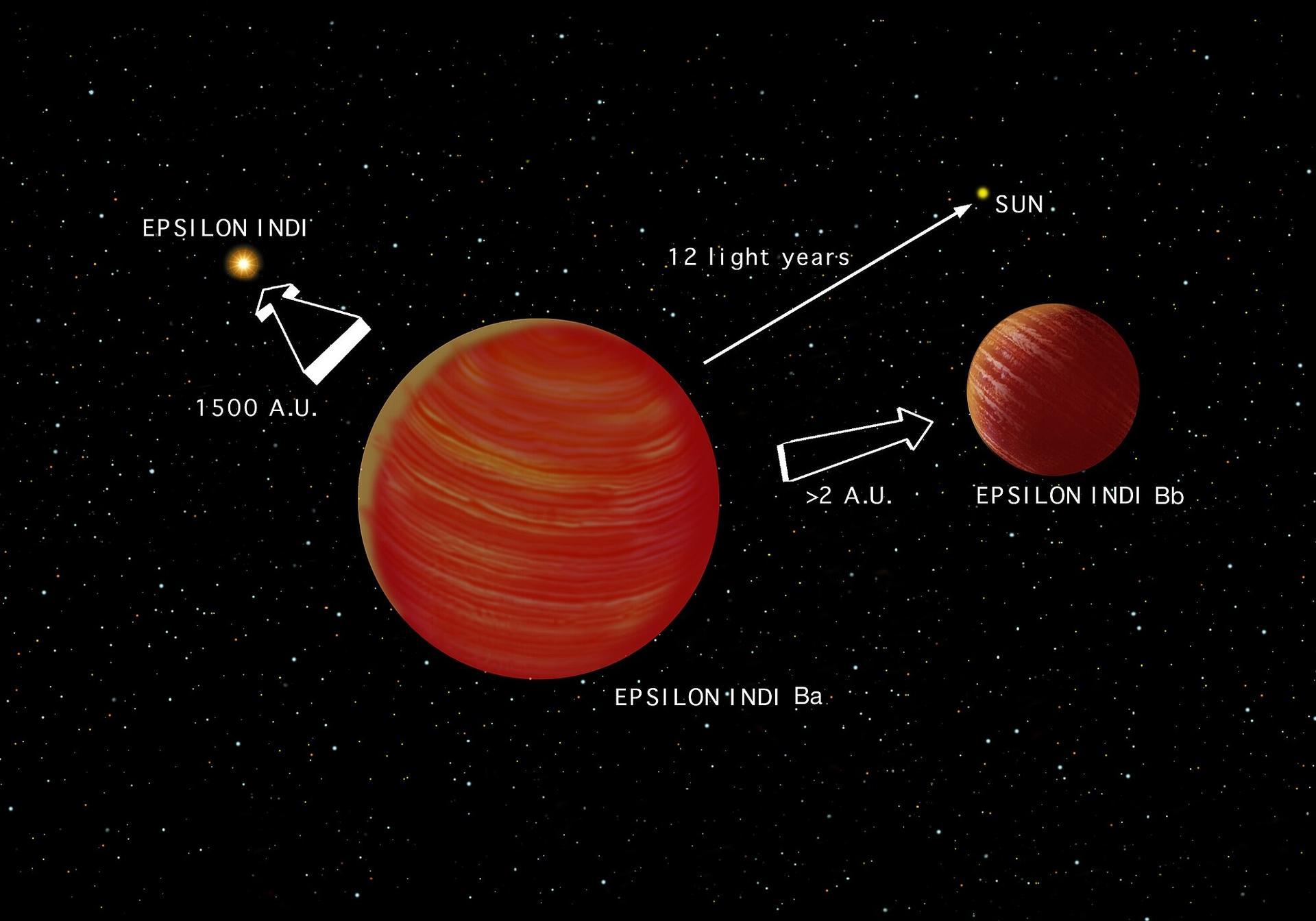
Epsilon Indi A is the main star, but it also has two smaller, cooler stars called brown dwarfs, Epsilon Indi B and C.
This makes the Epsilon Indi system a great place to study how different stars affect their planets.
The Impact

Seeing Epsilon Indi A b directly helps scientists test theories about how planets form and evolve. It also opens up possibilities for finding more exoplanets using the same methods.
Every new discovery like this helps us understand our universe better.
The Future of Exoplanets

The James Webb Space Telescope will keep searching for and studying exoplanets. Its powerful tools can reveal details about many more distant worlds.
This ongoing research might someday answer the big question: Are we alone in the universe?
Humanity Coming Together
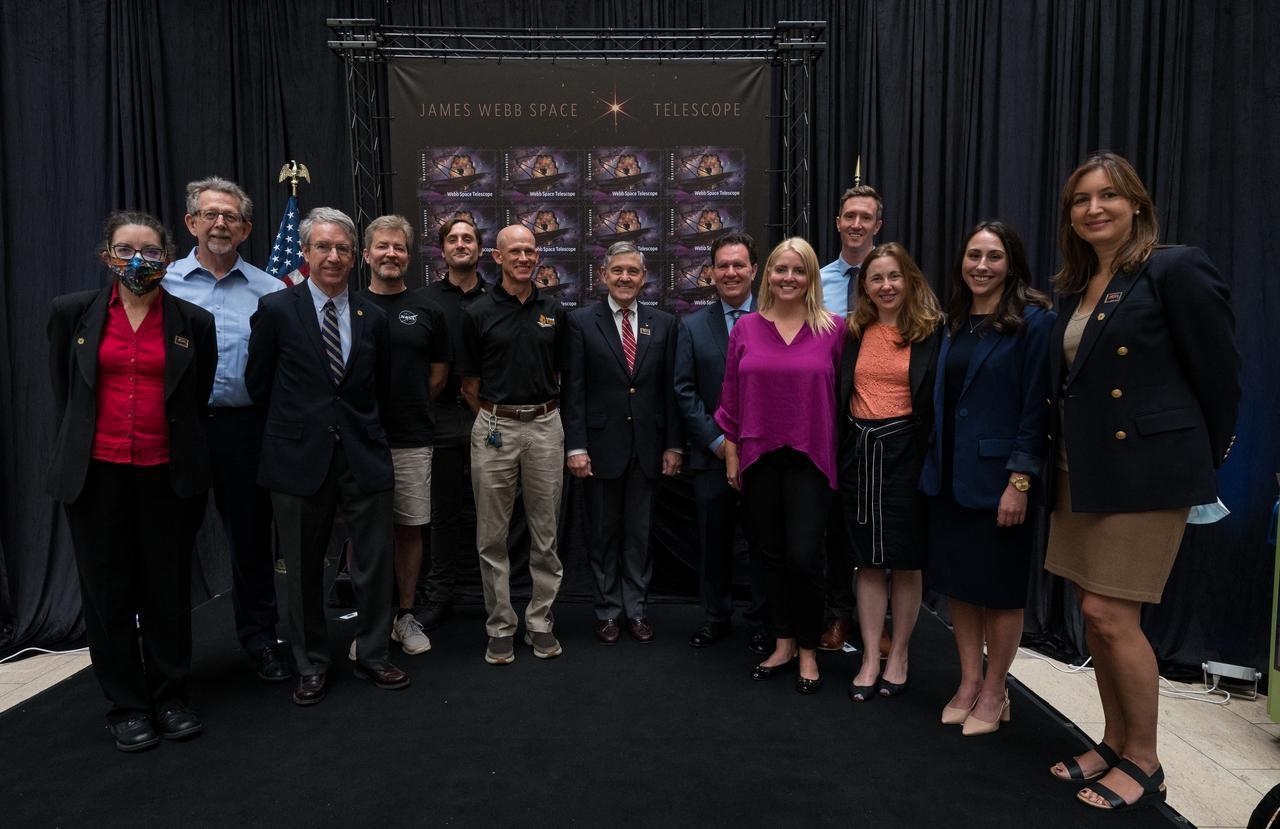
NASA, ESA, and CSA work together to run the James Webb Space Telescope. This teamwork brings together resources and expertise from around the world.
These collaborations are essential for making big advancements in space exploration.
Our Future In the Universe

Discoveries like Epsilon Indi A b are exciting for future scientists. They show that there’s always something new to discover in space.
This kind of excitement encourages young people to dream big and pursue careers in science and technology. They will be the key to uncovering many more secrets in the universe!

